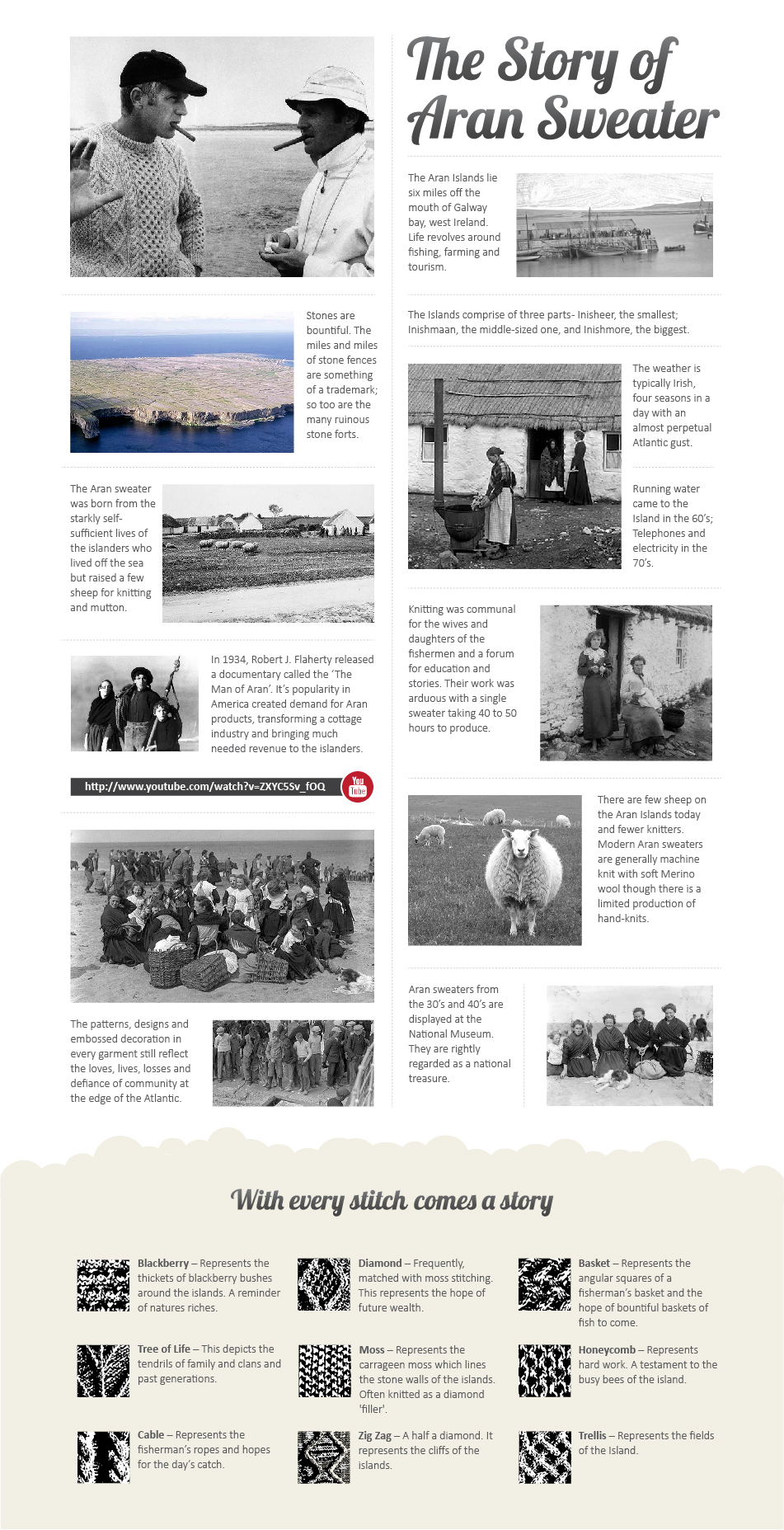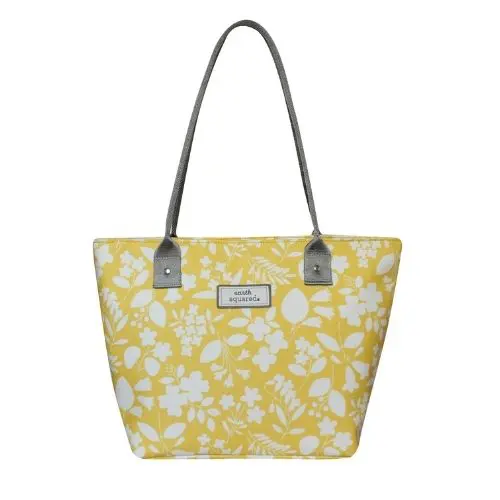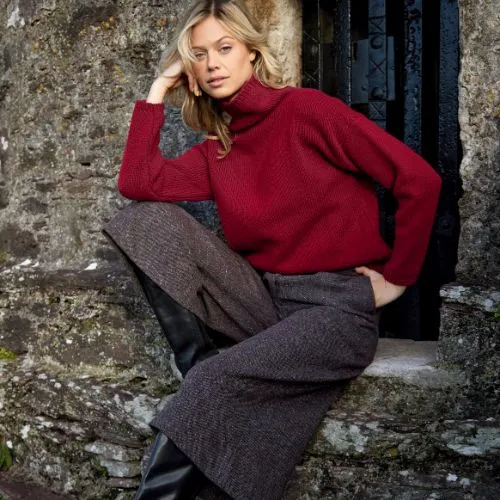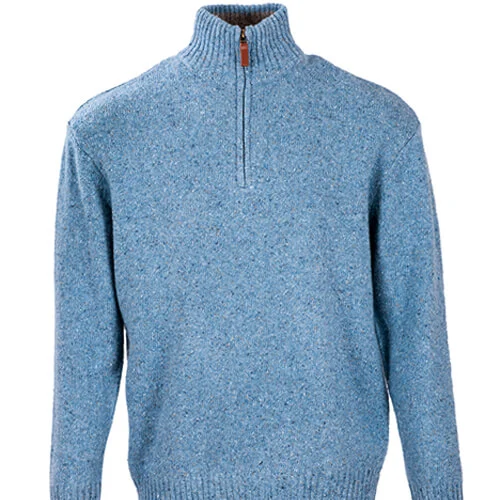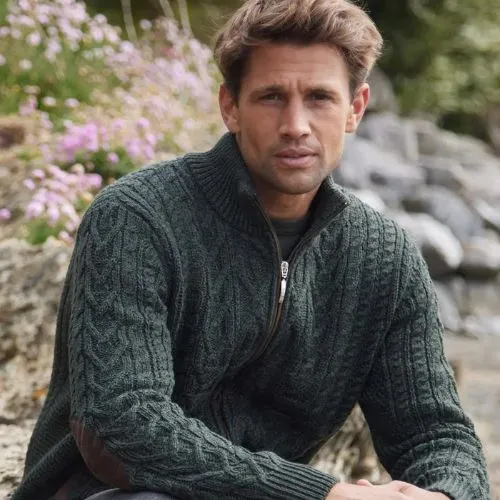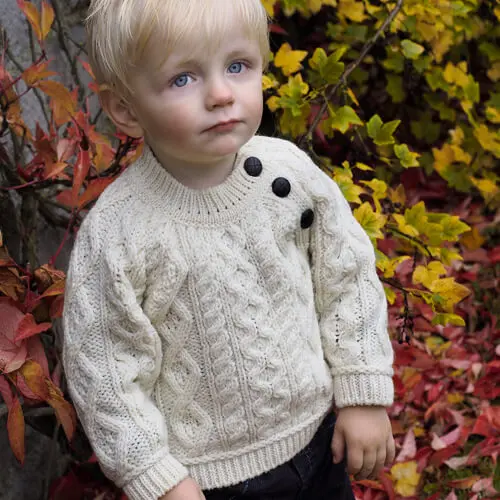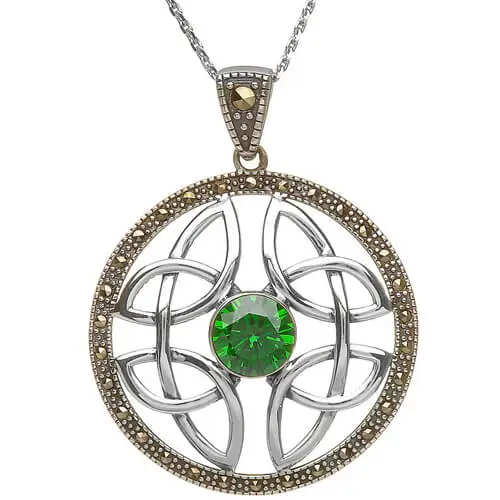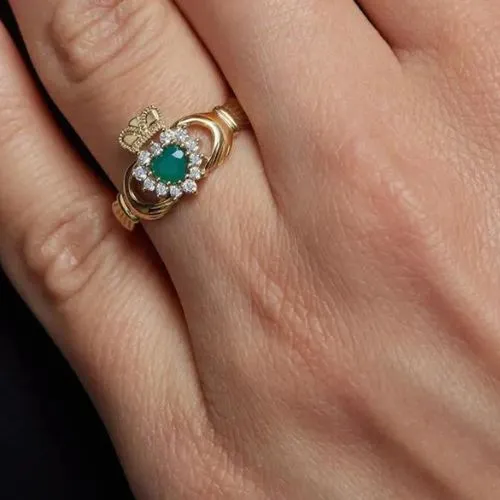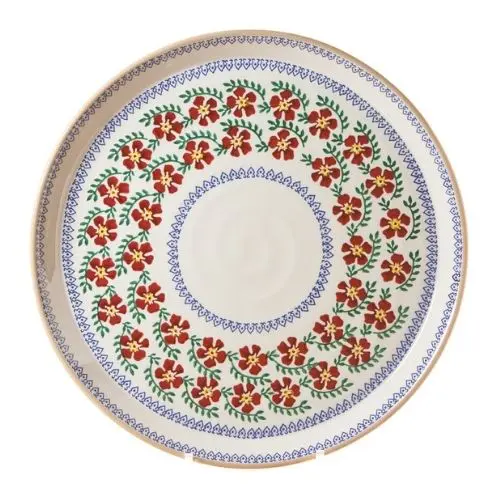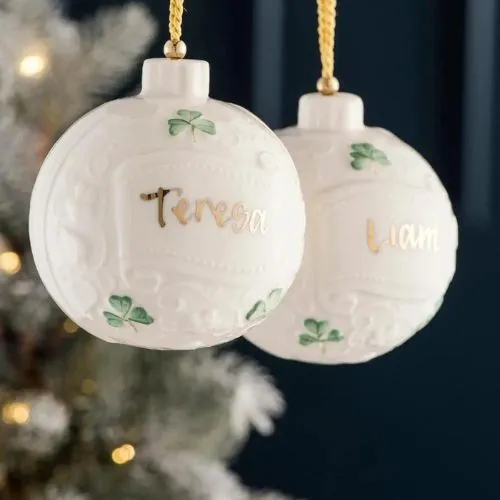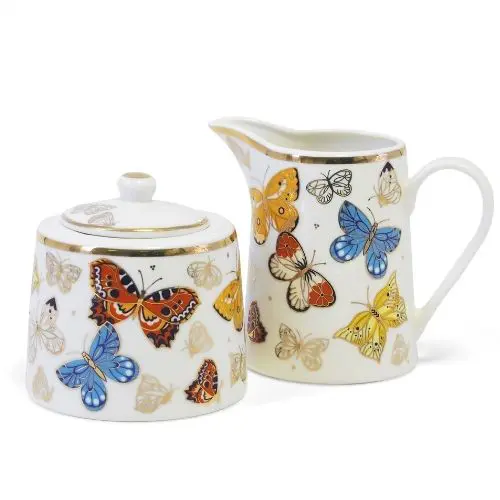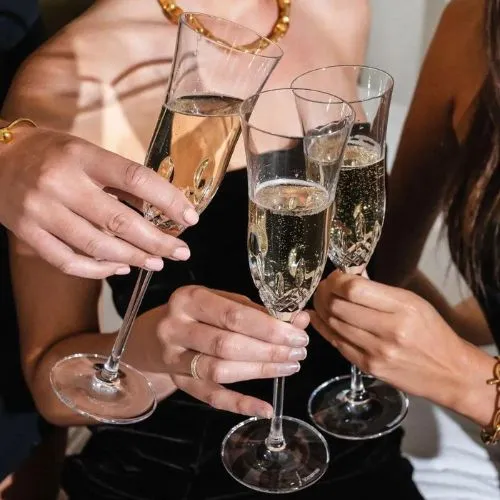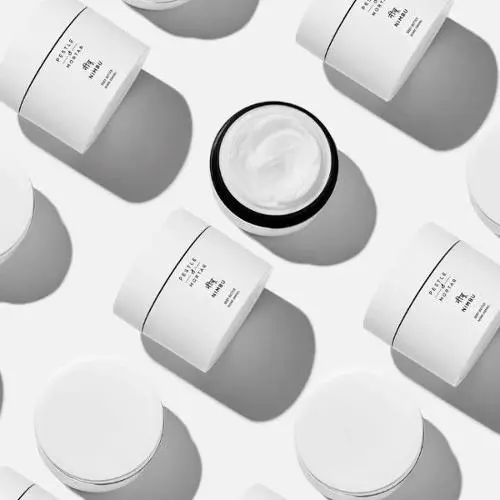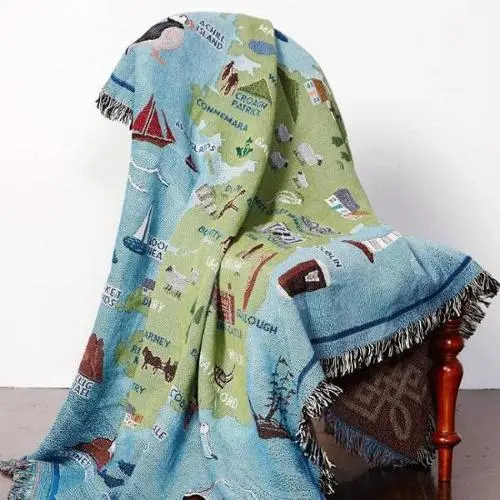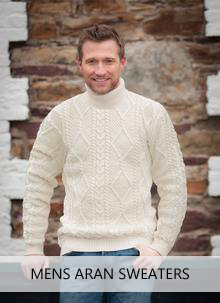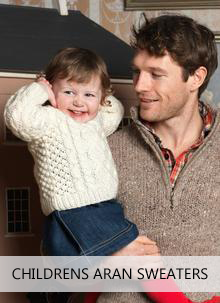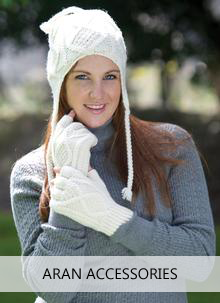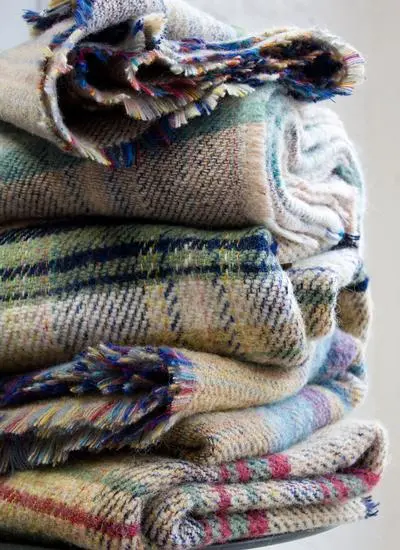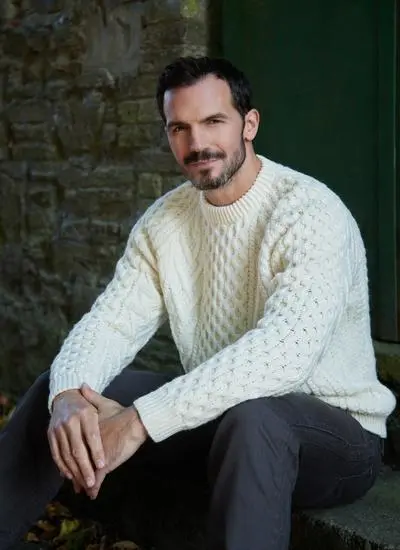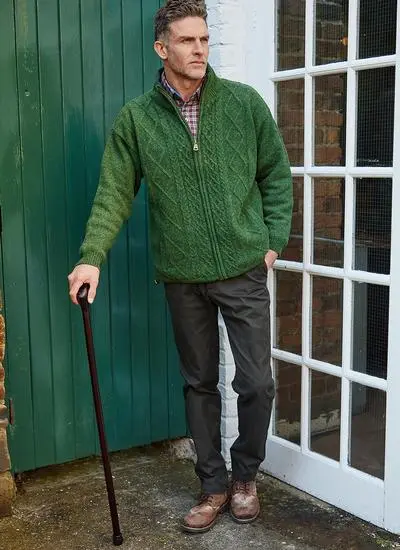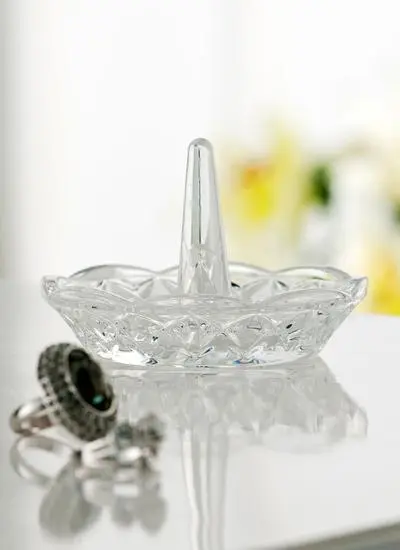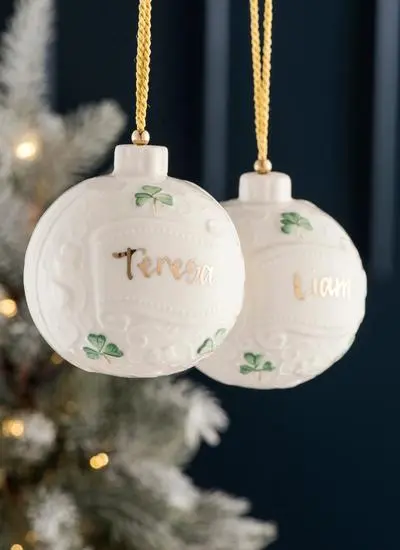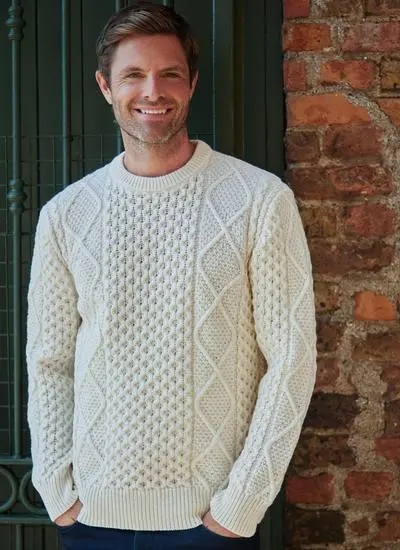Aran Sweaters were borned from life at the edge of the Atlantic Ocean off Galway bay. It's something uniquely Irish.
The Story of Aran Sweater
The Aran Islands lie six miles off the mouth of Galway bay, West Ireland. Life revolves around fishing, farming and tourism. Stones are bountiful. The miles and miles of stone fences are something of a trademark; so too are the many ruinous stone forts.
The Islands comprise of three parts- Inisheer, the smallest; Inishmaan, the middle-sized one, and Inishmore, the biggest. The weather is typically Irish, four seasons in a day with an almost perpetual Atlantic gust. Running water came to the Island in the 60's; Telephones and electricity in the 70's.
The Aran sweater was born from the starkly self-sufficient lives of the islanders who lived off the sea but raised a few sheep for knitting and mutton.Knitting was communal for the wives and daughters of the fishermen and a forum for education and stories. Their work was arduous with a single sweater taking 40 to 50 hours to produce.
In 1934, Robert J. Flaherty released a documentary called the 'The Man of Aran'. It's popularity in America created demand for Aran products, transforming a cottage industry and bringing much needed revenue to the islanders.
Man of Aran
There are few sheep on the Aran Islands today and fewer knitters. Modern Aran sweaters are generally machine knit with soft Merino wool though there is a limited production of hand-knits. The patterns, designs and embossed decoration in every garment still reflect the loves, lives, losses and defiance of community at the edge of the Atlantic.
Aran sweaters from the 30's and 40's are displayed at the National Museum. They are rightly regarded as a national treasure.
With every stitch comes a story
Blackberry - Represents the thickets of blackberry bushes around the islands. A reminder of nature’s riches.
Diamond - Frequently, matched with moss stitching. This represents the hope of future wealth.
Basket - Represents the angular squares of a fisherman's basket and the hope of bountiful baskets of fish to come.
Tree of Life - This depicts the tendrils of family and clans and past generations.
Moss - Represents the carrageen moss which lines the stone walls of the islands. Often knitted as a diamond 'filler!
Honeycomb – Represents hard work. A testament to the busy bees of the island.
Cable - Represents the fisherman's ropes and hopes for the day's catch
Zig Zag - A half a diamond. It represents the cliffs of the islands.
Trellis - Represents the fields of the Island.
